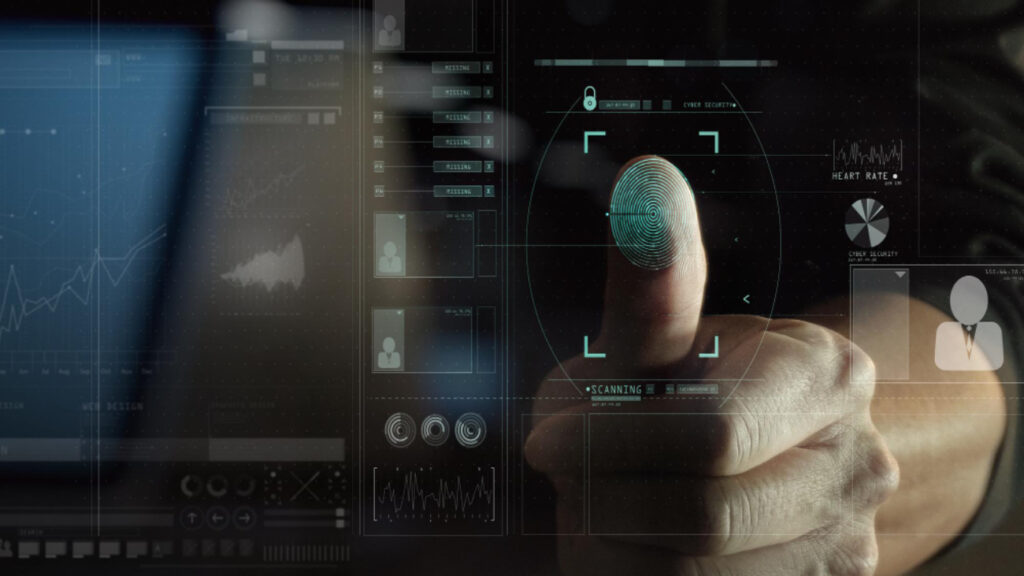Bahaa Abdul Hadi feels biometric patterns are at the forefront of a technological revolution, propelling us into an era where our unique physical and behavioral traits hold the keys to our digital lives. From fingerprints to facial features, our biometrics are becoming increasingly intertwined with everyday activities, revolutionizing security, convenience, and identity verification.
As we stand on the cusp of the future, it’s crucial to delve into the dynamic landscape of biometric trends and innovations. In this blog, we will embark on a journey through time, tracing the historical evolution of biometric patterns, exploring their current applications, and uncovering the emerging trends that are shaping tomorrow’s world.
Emerging Trends in Biometric Patterns
Biometric patterns are currently witnessing a transformative phase, marked by the emergence of cutting-edge trends that promise to redefine how we interact with technology. One such trend gaining immense traction is multi-modal biometrics, which combines various biometric factors, enhancing accuracy and security across the board. Contactless biometrics have also taken center stage, particularly in a post-pandemic world.
Facial recognition and touchless fingerprint recognition are becoming the norm, prioritizing hygiene and convenience. Additionally, behavioral biometrics are making waves, as they continuously analyze user behavior for authentication and fraud prevention. As these trends continue to evolve, ethical considerations regarding privacy and fairness play an increasingly pivotal role in shaping the biometric landscape.
Challenges and Concerns in Biometric Patterns
First, the security and privacy of biometric data remain paramount. Safeguarding these sensitive assets against potential breaches and unauthorized access is an ongoing battle. Vulnerabilities in the technology, coupled with the potential for spoofing, raise legitimate concerns regarding the reliability of biometric systems.
Furthermore, public perception and acceptance are crucial factors in determining the success and ethical implications of biometrics, which must be carefully managed. Lastly, regulatory frameworks & compliance requirements are still evolving. They are creating an intricate landscape of legal and ethical considerations that demand constant vigilance and adaptation.
Conclusion
Our exploration of biometric patterns reveals a dynamic and promising landscape. Biometrics have come a long way, with their applications spanning security, healthcare, finance, and more. The emergence of multi-modal and contactless biometrics, alongside the analysis of behavioral traits, underscores the ongoing innovation in this field.
However, ethical concerns, data security, and vulnerabilities remain significant hurdles. As we move forward, it’s essential to strike a balance between convenience and safeguarding personal information. With the ever-evolving regulatory landscape, it’s clear that biometrics will play a pivotal role in the future. We must navigate these waters with caution, ethical considerations, and technological advancements hand in hand. For more information, please visit www.bahaaabdulhadi.com.







